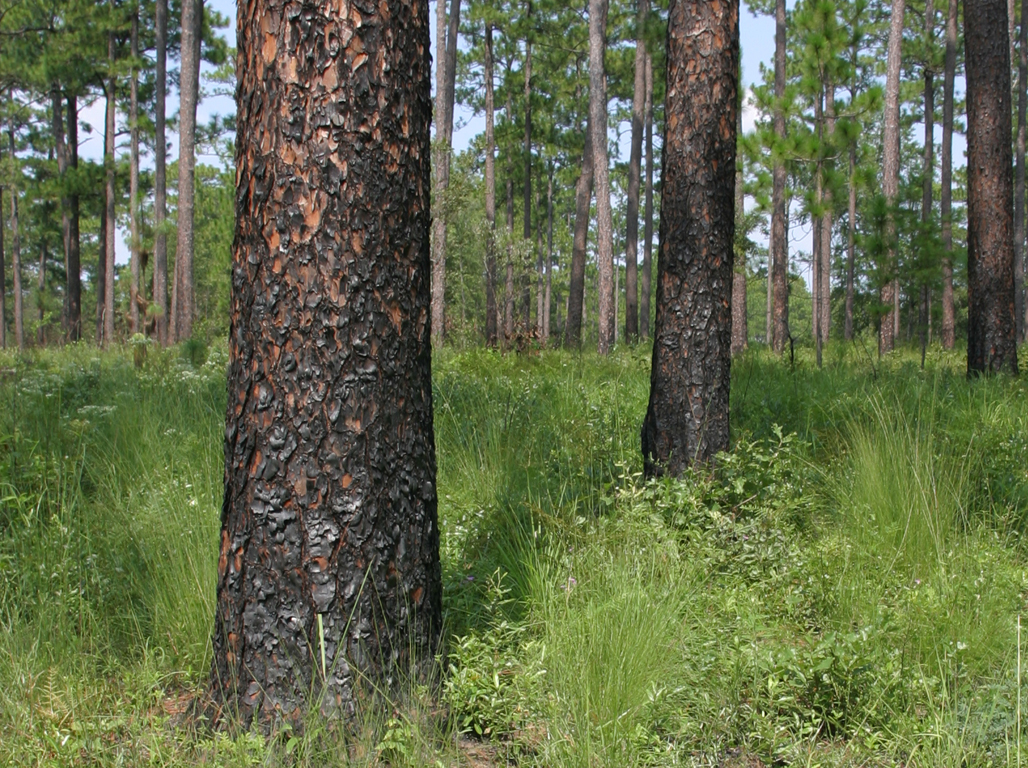Austin Mast, Ph.D.

My research program involves topics within the broadly defined area of biodiversity study. I am particularly interested in (1) the interplay of ecology and evolution that determines the form and function of plant life on Earth, (2) the use of biodiversity research specimens and digital information about them to bring that interplay into sharper focus, and (3) public engagement in the research to further science and STEM literacy goals. Historically, I have focused my research on Macadamias and relatives (the plant family Proteaceae), Primroses and relatives (the plant family Primulaceae), and historical biogeography, but I'm keen to innovate wherever I see opportunities to expand our understanding of biodiversity. This has led me deep into the areas of biodiversity informatics and citizen science in recent years, and I have NSF-funded grants in both of those areas. My teaching, mentoring, and service activities complement these research interests. In Fall semesters, I typically teach Field Botany. In Spring semesters of even-numbered years (2016, 2018, etc.), I typically teach Plants and Society. And in Spring semesters of odd-numbered years, I typically have a larger cohort of interns in the herbarium focused on biodiversity informatics. In Spring 2015, Libby and I organized a graduate course on Citizen Science (the first anywhere, as far as we could tell). I am actively seeking graduate and undergraduate students for the lab who share my research interests. Tallahassee is situated on the eastern edge of one of North America's biotic hotspots—a great place to be a biologist! For more information on the environs, visit the department's Ecology and Evolution Section website. My primary service within FSU is as Director of the Robert K. Godfrey Herbarium, Associate Director of the Institute for Digital Information and Scientific Communication, and Member of the Council on Research and Creativity. My primary service within the research community is as Treasurer of American Society of Plant Taxonomists, Steering Committee Member of Notes from Nature and SERNEC, and Board of Directors Member for the Citizen Science Association. I'm also pleased to serve the community as Director of iDigBio's Digitization, Professional Development, and Citizen Science Domain. I have particularly enjoyed working with others in the biodiversity collections community to produce the annual Worldwide Engagement for Digitizing Biocollections (WeDigBio) Event (2015 onward) and the WeDigFLPlants citizen science project. If you curate a biodiversity collection and would like to post your specimens on Notes from Nature, I encourage you to consider using BIOSPEX to do so. I gave a webinar on the topic that was recorded and is available here. And please take a moment to check out the Libraries of Life augmented reality cards and Apple iOS and Android App that I co-developed with Anne Basham—it's a lot of fun! In my spare time I enjoy trail running, kayaking, and swimming in the region's seemingly endless local forests, savannas, springs, and beaches.
I received my Ph.D. in 2000 from the Department of Botany at the University of Wisconsin-Madison. I was a postdoc at the Institute of Systematic Biology at the University of Zurich from 2000–2003. Since 2003, I have had a faculty position in the Department of Biological Science at Florida State University, where I am now at the rank of Professor.
Department of Biological Science
319 Stadium Drive
Florida State University
Tallahassee, FL 32306-4295
U.S.A.
Office is King Life Science Building, room 4065
Lab is King Life Science Building, rooms 4068 and 4084
Herbarium is Biological Science Unit One, room 100
Voice: 1 (850) 645-1500
Fax: 1 (850) 645-8447
amast@bio.fsu.edu
Selected Publications
Worldwide Engagement for Digitizing Biocollections (WeDigBio)—The Biocollections Community's Citizen Science Space on the Calendar.
BioScienceA First Look at Diversification of Beaksedges (Tribe Rhynchosporeae; Cyperaceae) in Habitat, Pollination, and Photosynthetic Features.
Memoirs of the New York Botanical Garden 118.Climate Change, Collections and the Classroom: Using Big Data to Tackle Big Problems.
Evolution: Education and Outreach 10: 2Mapping life—quality assessment of novice vs. expert georeferencers.
Citizen Science: Theory and Practice 1: 1–12.Accelerating digitization of biodiversity research specimens through online public participation.
BioScience, 65Workforce-efficient consensus in crowdsourced transcription of biocollections information.
Future Generation Computer Systems 56: 526–536.Digitization workflows for flat sheets and packets of plants, algae, and fungi.
Applications in Plant Sciences 3: 1500065.Paraphyly, modern systematics, and the transfer of Dryandra into Banksia (Proteaceae): A response to George.
Australian Systematic Botany 28: 194–202.Reaching Consensus in Crowdsourced Transcription of Biocollections Information.
Proceedings of the 2014 IEEE 10th International Conference on e-Science 57–64From card catalogs to computers: Databases in vertebrate paleontology.
Journal of Vertebrate Paleontology 33: 13–28.Five task clusters that enable efficient and effective digitizations of biological collections.
ZooKeys 209: 19–45.